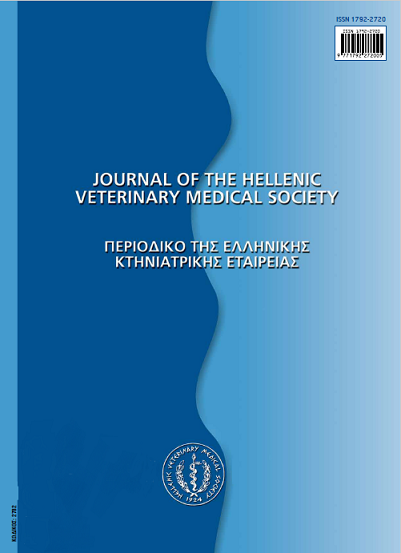Efficacy of recombinant VAXXITEK HVT-IBDv vaccine against very virulent Infectious bursal disease virus (vvIBDv) challenge in layer chicks: A pilot study
Resumen
The infectious bursal disease virus (IBDv) is widespread in poultry flocks all around the world. Various biotypes have emerged and because of that, adequate management practices and vaccination of chicks are of paramount importance for the protection against field strains. One day old Lohmann Brown chicks were vaccinated with intermediate vaccines and the recombinant VAXXITEK HVT-IBDv vaccine formulation, and challenged at 48 days of life with the very virulent IBDv (vvIBDv) strain CH/99. The best protection (100%) was achieved with the recombinant vaccine administered by the subcutaneous or intramuscular route at a day old, while intermediate and intermediate plus vaccines protected 80% of birds from clinical symptoms. The highest bursa body ratio (5.33, 3.50 and 4.12) was accomplished in non- vaccinated and non-challenged birds and birds vaccinated with the VAXXITEK HVT-IBDv vaccine. The recombinant VAXXITEK HVT-IBDv vaccine has provided protection for commercial chicks against challenge with the vvIBDv strain in this experiment. Under field conditions, additional vaccination is possibly needed with supplementary application of live attenuated vaccines. However, the recombinant vector vaccines are providing significant aid against clinical signs and immunosupression caused by the vvIBDv.
Article Details
- Cómo citar
-
DAČIĆ, M., RESANOVIC, R., RASIC, Z., VALCIC, M., MILOVANOVIC, A., & VELHNER, M. (2018). Efficacy of recombinant VAXXITEK HVT-IBDv vaccine against very virulent Infectious bursal disease virus (vvIBDv) challenge in layer chicks: A pilot study. Journal of the Hellenic Veterinary Medical Society, 69(1), 823–830. https://doi.org/10.12681/jhvms.16434
- Número
- Vol. 69 Núm. 1 (2018)
- Sección
- Research Articles

Esta obra está bajo una licencia internacional Creative Commons Atribución-NoComercial 4.0.
Authors who publish with this journal agree to the following terms:
· Authors retain copyright and grant the journal right of first publication with the work simultaneously licensed under a Creative Commons Attribution Non-Commercial License that allows others to share the work with an acknowledgement of the work's authorship and initial publication in this journal.
· Authors are able to enter into separate, additional contractual arrangements for the non-exclusive distribution of the journal's published version of the work (e.g. post it to an institutional repository or publish it in a book), with an acknowledgement of its initial publication in this journal.
· Authors are permitted and encouraged to post their work online (preferably in institutional repositories or on their website) prior to and during the submission process, as it can lead to productive exchanges, as well as earlier and greater citation of published work.




